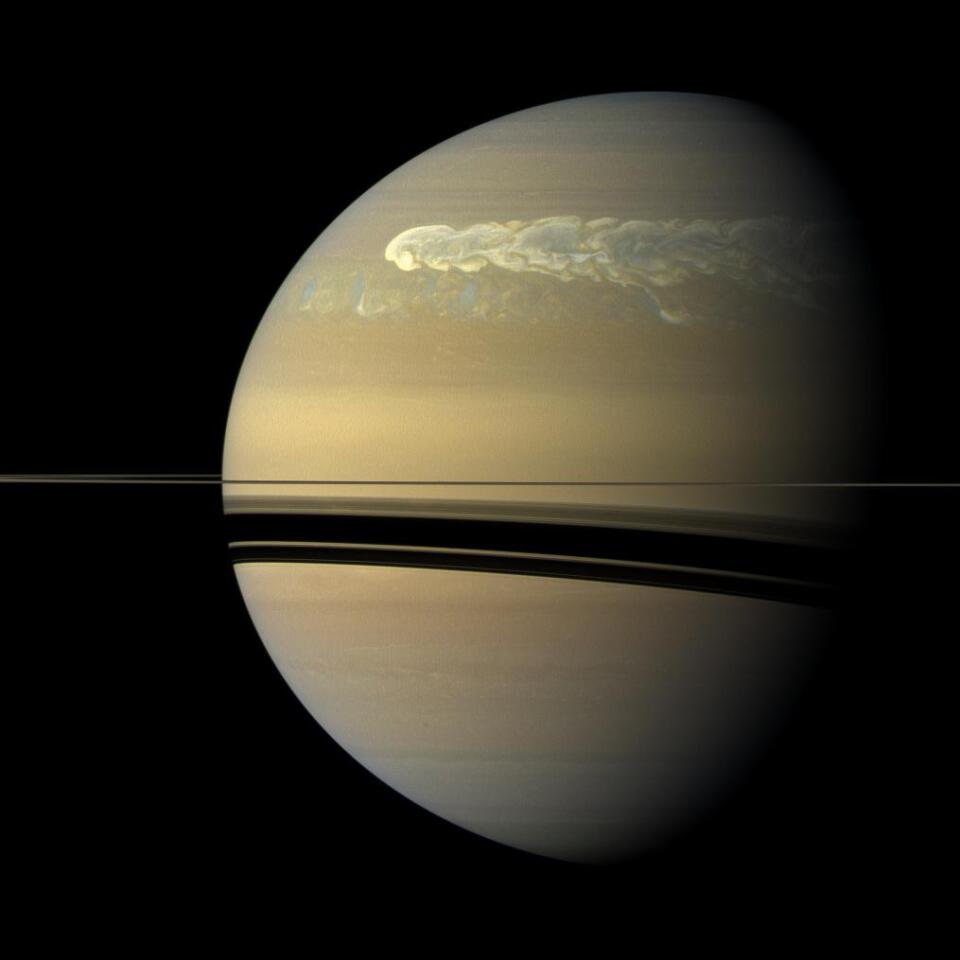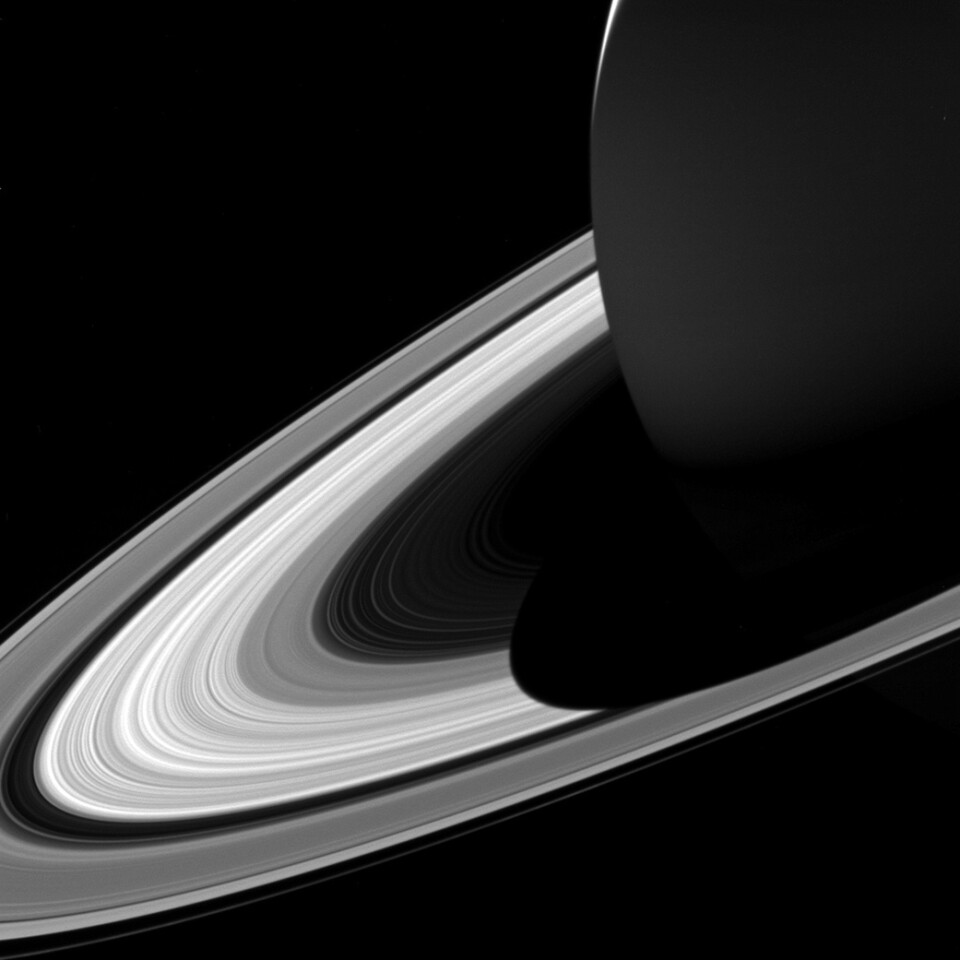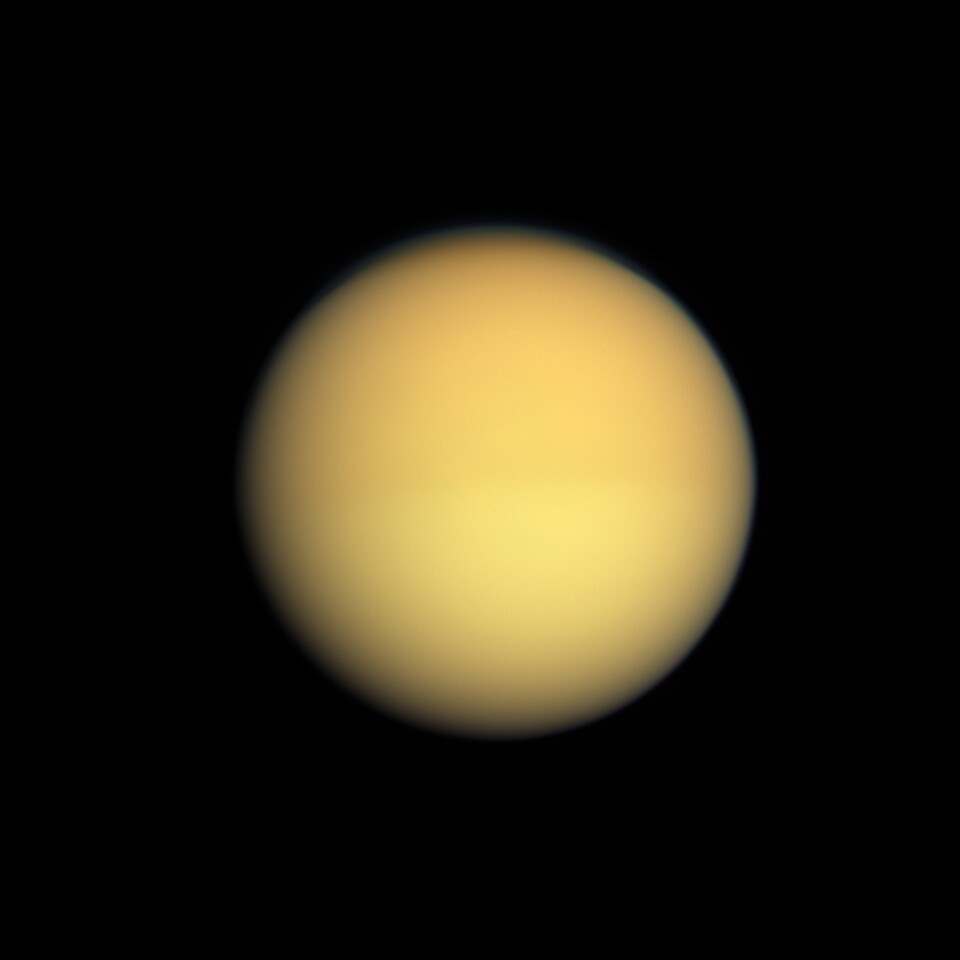With our free press under threat and federal funding for public media gone, your support matters more than ever. Help keep the LAist newsroom strong, become a monthly member or increase your support today.
Ciao, Cassini: NASA spacecraft's long mission ends
After 13 years of examining the wonders of Saturn and its surroundings, Cassini's journey in space has ended in fire after a last flood of data.
https://twitter.com/JacobMargolis/status/908661632116465665
Cassini's final signal was received at JPL just before 5 a.m. Friday morning, triggering the "end of mission" call, followed by applause and even some tears.
"I hope you’re all as deeply proud of this amazing accomplishment. Congratulations to you all," said project manager Earl Maize as the mission ended. "It's been an incredible mission, incredible spacecraft, and you are an incredible team."
Cassini lasted 20 seconds longer than anticipated, according to mission planner Erick Sturm. That means Cassini was able to get a little deeper into the atmosphere, giving NASA more data to pore over in the coming "weeks, months, years." The data could not only inform scientists of the nature of Saturn's atmosphere, but also its gravity.
The gravity of the moment itself was apparent to everyone at JPL.
"It was a little surreal. I think everybody – their jaws were just kind of open, going 'Oh wow, the signal just disappeared.' I think we all thought it happened a bit faster than we thought it would," Sturm said.
Deputy project scientist Scott Edgington was also there, absorbing the moment.
"I’m feeling very emotional right now. It’s sad to see the spacecraft end. As a scientist, I know that we were collecting data and we’re going to learn so much about the atmosphere as we went in deeper than we’ve flown for the past five orbits," he said.
As the projected end of the mission drew closer, the attention to Cassini's signal intensified. Edgington said, "It’s like a heartbeat."
Linda Spilker, Cassini's project scientist, said, "I’m feeling a mixture of sadness and pride. Sadness at the end of this incredible voyage of discovery, and tremendous pride having had the opportunity to be part of it from its very beginning to the end."
In its final moments, Cassini came in over Saturn's north pole and made contact with the upper atmosphere of the gas giant and broke apart, sending back a minute or so of data before it was overcome by turbulence.
https://twitter.com/JacobMargolis/status/908690041014063105
NASA supplied a live show of the event:
https://www.youtube.com/watch?v=V5Ho30EMRm4
Before its end, Cassini took a variety of samples in an effort to gain a better understanding of the planet's composition .
The maneuver offered scientists an unprecedented look at the makeup of the planet, but it also prevents the spacecraft from crashing into and contaminating Saturn's moons, some of which might contain life.
https://www.youtube.com/watch?v=xrGAQCq9BMU&index=4&list=PLTiv_XWHnOZpKPaDTVy36z0U8GxoiIkZa
There had been a big build up to Cassini's harrowing finale. Since April, JPL has used the remaining months of the spacecraft's life to take 22 risky orbits between Saturn and its rings .
Since then, we've chronicled the epic journey:

- We took a trip deep into the complex structure of Saturn itself , exploring its violent storms, smoggy atmosphere and molten liquid core.

- We dove into the mystery of Saturn's rings , their origin, their age and why they're mostly made of ice.

- We journeyed through Titan's landscape , covered in mountains of ice and lakes of liquid methane and ethane.

- And we skied on Enceladus, Saturn's perfect little snowball of a moon , which is always covered in a fresh coat of powder, and which might contain life.
Check in as we continue to update this post with more of Cassini's greatest discoveries.
















